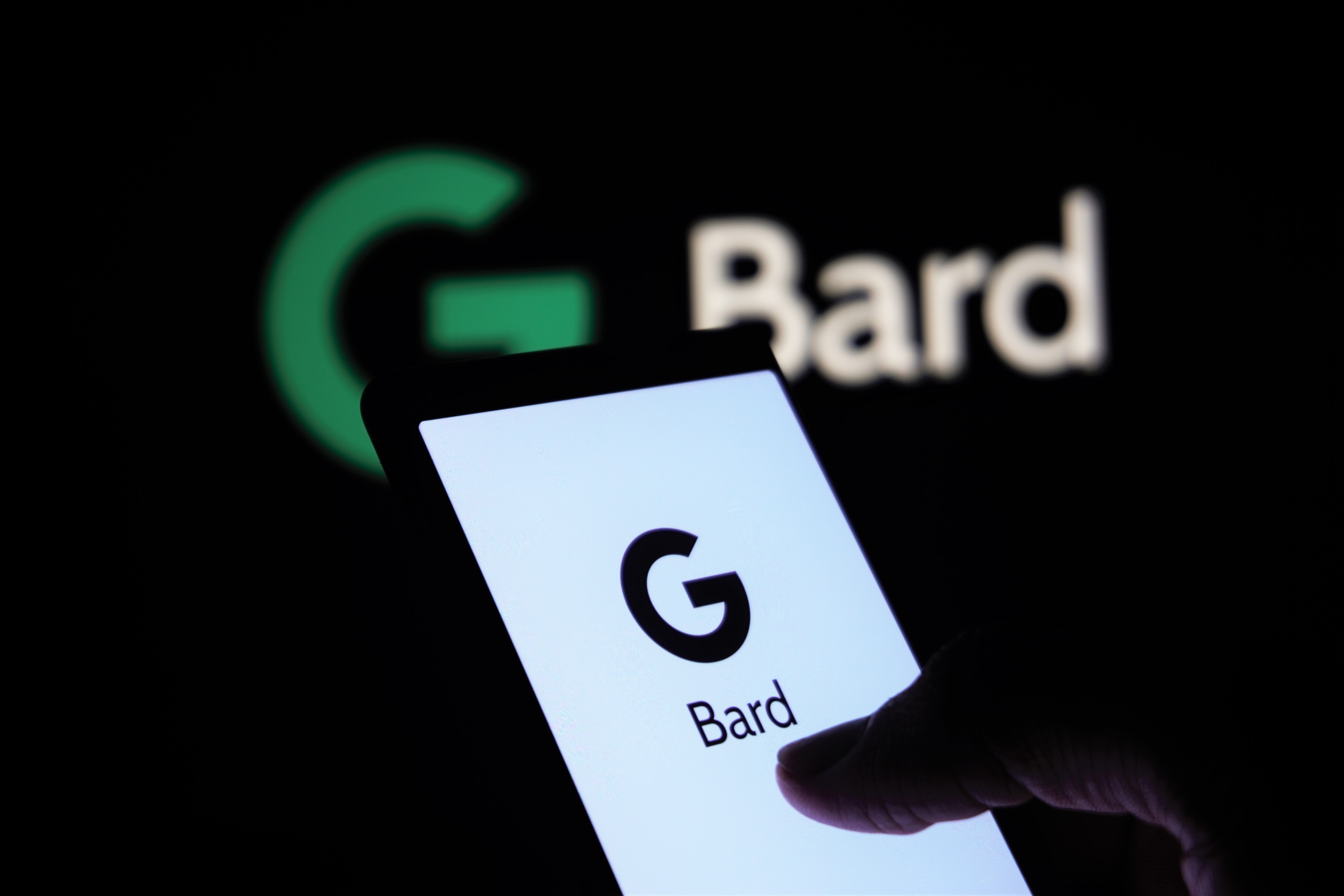Legal teams should continue exploring the possibilities of technology now to seize future opportunities.
The market is flooded with generative AI innovations. There’s no doubt — this technology will change the way legal teams work. A recent survey found that 77% of respondents see positive potential for generative AI in the legal field.
But we must remember we are still searching for GenAI’s ideal use case. In the quest for this answer, we will endure many false starts and letdowns. But we can’t give up on the technology. The way forward includes thoughtful implementation and continuous evaluation to make generative AI work with your team.
Considerations for legal teams
Legal professionals handle large amounts of confidential data, face strict compliance expectations and use nuanced language while effectively mitigating substantial risks. Not everyone is qualified to do this work. And neither is every generative AI algorithm.
A legal team’s unique needs mean they have specific requirements for an AI solution. When evaluating tools, ask these questions.
What data is it trained on?
Look under an AI solution’s hood before adopting it. Sure, general large language models (LLMs) like Bard and ChatGPT can answer just about any question — but those answers aren’t always accurate. Plus, legal professionals don’t need a response based on everything on the internet. They need specific, nuanced language for their particular use case. General training data dilutes the algorithm’s results, causing it to miss critical context. Legal teams require an LLM trained only on legal data.
When considering a generative AI platform, determine what training data was used. Many new tools hitting the market are just interfaces for a general algorithm. Seek out a solution designed specifically for legal teams using legal documents.
What does the AI do with our data?
Just recently, Google accidentally leaked private Bard chats into its search results. This type of breach absolutely cannot be allowed to happen with legal data.
Legal professionals deal with highly sensitive and confidential data and very strict compliance requirements. Any legal tech solution must be designed with privacy in mind from the beginning.

Before adopting a tool, you need to know:
- How the platform processes and uses your information.
- If your data is kept for training.
- Who has access to your data.
Until you get these answers, you cannot rely on the tech’s privacy.
How does AI fit into the workflow?
Legal tech must be human-centered to harness human creativity and empathy while using AI to automate repetitive tasks, freeing people to focus on more complex and strategic work. Ask:
- What are the tool’s core features and functionality?
- Does it alleviate pain points and fit into existing workflows?
- Does it support the team’s objectives and goals?
Not every solution will work for every team. Choose your legal tech based on your team’s needs, not the one with the flashiest features.
Applications of AI in the legal field
Legal practice is a human-centered endeavor requiring soft skills, including critical thinking and empathy, that no technology will ever master. Legal teams can use AI to amplify those uniquely human strengths in many ways.
- Workflows
In traditional legal workflows, even low-risk documents require manual review, leaching time away from more critical tasks and wasting lawyers’ valuable skills. The heavy administrative burden has burnt out many excellent legal professionals.
Technology alleviates this problem by right-sourcing repetitive tasks. But you can’t rely solely on generative AI. You must build a robust tech stack by layering GenAI onto other established legal tech, like rule-based AI. Legal teams can use these tools to automate reviews and redline documents in a fraction of the time.
AI trained on a company’s legal playbooks can flag and replace problematic clauses with approved language. Eventually, GenAI will be able to generate new, situation-specific clauses or contracts that align with best practices. Instead of paging through documents to find the correct language, lawyers can leave that task to technology and spend their time fixing problems instead of identifying them.
Automated contract review accelerates negotiations and deal cycles, improves risk management, reduces errors and gives time back to your skilled staff.
- Training
Technology creates many new training opportunities, including the ability to build personal skills on top of mastering contract review.
Rather than receiving training from a more senior peer, which may or may not be helpful, new lawyers can work with AI. Technology empowers attorneys with instant access to a centralized repository of institutional knowledge and best practices. Generative AI can also review practice drafts and provide personalized feedback on areas for improvement or language corrections. The entire process will become faster and more efficient.
People remain a wildcard in a negotiation process. Generative AI can help prepare lawyers for those situations by simulating human responses in a practice scenario. Inexperienced lawyers can rehearse interactions to be better prepared for real-life encounters. Legal teams can try different negotiation approaches to understand which strategy will yield the best results.
Of course, there are applications we haven’t even dreamed of yet. Over the next few months and years, we will witness many GenAI failures. It’s just part of the cycle. We’re also going to see some incredible breakthroughs. Legal teams should continue exploring the possibilities of technology now to seize future opportunities.


Join the conversation!